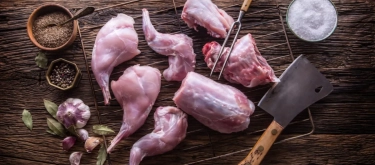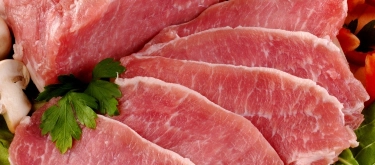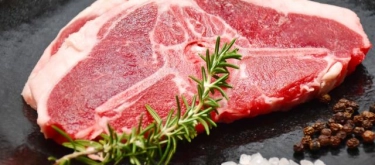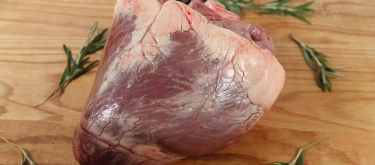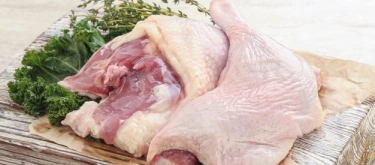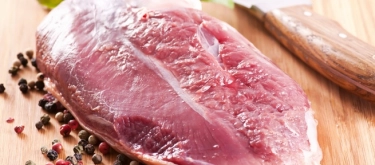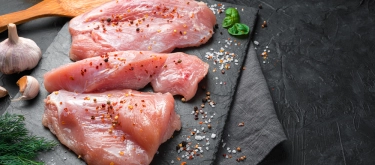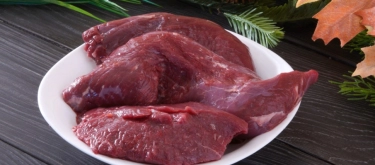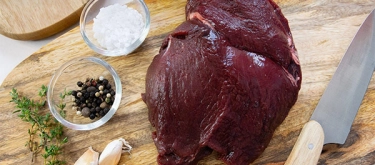Veal: Taste Profile, Aroma, Benefits and Health Risks
Veal is a premium meat derived from young calves, celebrated for its delicate flavor, exceptional tenderness, and versatility in gourmet cooking. Originating in European culinary traditions, especially French and Italian, veal remains prized globally, often featured in sophisticated dishes such as veal Milanese, schnitzel, osso buco, and classic French sauces. Its subtle flavor and tender texture have positioned veal as a cornerstone of refined dining and culinary artistry.
Veal, derived from young cattle, is an animal-based meat unsuitable for vegetarians, vegans, or individuals avoiding red meat. It is naturally gluten-free but must be thoroughly cooked to ensure food safety.
What does Veal taste like?
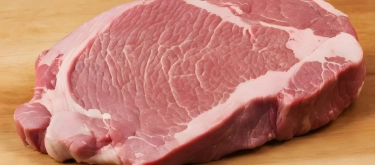
Complete Sensory Description
Taste:
Veal has a delicately mild, subtly sweet flavor with gentle, savory notes. Its taste profile is refined, far less intense compared to beef, enabling it to harmonize beautifully with sauces, herbs, and delicate ingredients.
Aroma:
Fresh veal emits a subtle, fresh, milky aroma, less robust and earthy than mature beef. Upon cooking, veal develops delicate fragrances—light caramelization with gentle savory notes.
Texture:
Veal is renowned for its exceptional tenderness, soft, fine-grained structure, and buttery texture. It is easy to chew and remarkably tender, particularly in prime cuts like loin, tenderloin, and rib chops.
Appearance:
High-quality veal typically displays pale pink or creamy-white coloring, reflecting its youthfulness. Cooked veal acquires an appealing golden or lightly browned exterior with moist, delicate interior textures.
Varieties and Culinary Uses
-
Milk-fed Veal (White Veal):
Pale-colored, exceptionally tender, delicate flavor; best for gourmet preparations like escalopes, medallions, and fine dining recipes. -
Rose Veal:
Slightly older, darker color, fuller flavor, more robust texture; suitable for roasting, braising, or grilling. -
Veal Shanks (Osso Buco):
Flavorful, collagen-rich cut, perfect for slow cooking, braising, and classic dishes like Italian Osso Buco.
In-depth Flavor Analysis
-
Delicate Sweetness & Mildness:
Veal’s gently sweet flavor and mild savory profile perfectly complement delicate ingredients, making it suitable for nuanced sauces, herbs, and spices. -
Tenderness & Mouthfeel:
Exceptional tenderness contributes significantly to the veal-eating experience, providing an indulgent mouthfeel and soft texture. -
Fat Content & Flavor:
Lower fat content compared to mature beef contributes to veal’s lighter, subtler taste. Minimal intramuscular fat results in leaner, cleaner-tasting meat. -
Flavor Evolution:
Cooking veal gently enhances its natural sweetness and savory notes without overwhelming its delicate character. Quick sautéing, grilling, or careful braising yield the best results.
Culinary Applications
-
Classic European Dishes:
Prominent in dishes like Wiener Schnitzel, Veal Marsala, Escalope de Veau, and Osso Buco. -
Grilling & Sautéing:
Ideal for quick, high-heat preparations (veal cutlets, medallions), preserving tenderness and mild flavor. -
Slow Cooking & Braising:
Veal shanks and tougher cuts become meltingly tender, imparting delicate flavor and gelatinous richness to dishes. -
Sauces & Stocks:
Veal bones and trimmings produce exceptional stocks and sauces, prized in classical culinary traditions.
Selection and Storage
Selecting Quality Veal:
- Choose veal that appears moist, pale pink or ivory-colored, with minimal visible fat and fresh aroma.
- Avoid veal with grayish hues, dry texture, or unpleasant odors, indicating improper handling or storage.
Storage Recommendations:
- Store fresh veal refrigerated at temperatures below 4°C (39°F) and consume within 2–3 days.
- For extended storage, freeze veal wrapped airtight; consume within 4–6 months for optimal freshness.
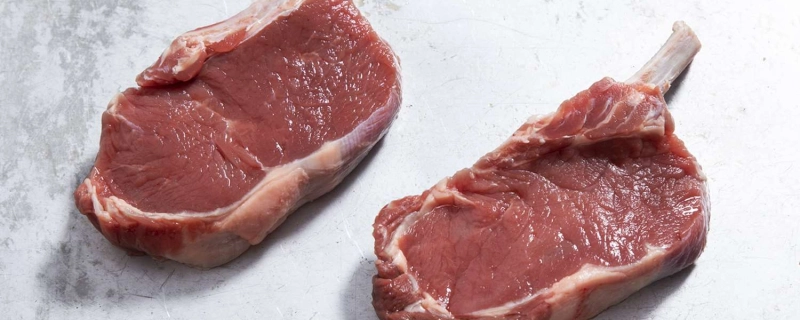
Nutritional Insights
-
Lean Protein:
Rich source of high-quality, lean protein essential for muscle development, maintenance, and overall nutrition. -
Rich in Vitamins & Minerals:
Provides significant amounts of vitamin B12, vitamin B6, zinc, selenium, phosphorus, and iron, essential for metabolism, immune function, and healthy blood cells. -
Lower Fat Content:
Typically leaner than beef, ideal for calorie-conscious diets requiring high-quality protein with reduced fat intake.
Expert Insights & Culinary Tips
-
Cooking Temperature & Technique:
Culinary experts advise gentle cooking techniques (sautéing, grilling, brief roasting, or careful braising) to preserve veal’s tenderness, moisture, and delicate flavor. -
Flavor Pairings:
Pair veal with mild herbs (thyme, sage, parsley), mushrooms, cream sauces, white wine, capers, and citrus flavors for sophisticated culinary results. -
Resting After Cooking:
Allow cooked veal to rest briefly (5–10 minutes) to redistribute juices and enhance tenderness and taste.
Interesting and Curious Facts
- Historically, veal has been prized in European aristocratic and gourmet traditions, often associated with refined culinary artistry and luxury.
- Classic dishes such as Italian Osso Buco and Austrian Wiener Schnitzel have made veal iconic in international gastronomy.
- Ethical farming practices have significantly changed veal production over recent decades, promoting humane animal welfare standards globally.
How to Enjoy Veal
- Prepare delicate sautéed veal scallops with lemon, capers, and white wine sauce.
- Slow-braise veal shanks (Osso Buco) for tender, flavorful dishes served traditionally with risotto or polenta.
- Grill veal chops or medallions quickly, seasoned lightly to preserve their natural tenderness and flavor.
- Create gourmet dishes pairing veal with mushrooms, cream sauces, herbs, or mild cheeses for luxurious dining experiences.
Harm and Dietary Considerations
-
Ethical Concerns:
Some consumers express ethical concerns regarding traditional veal farming; choosing ethically-raised or certified humane veal products addresses these concerns. -
Proper Cooking Essential:
Veal must be cooked thoroughly to recommended internal temperatures (minimum 63°C or 145°F) to avoid health risks. -
High Cost:
Generally more expensive than other meats, making it less accessible as an everyday dietary staple.
Final Thoughts & Sensory Journey
Veal embodies culinary elegance through its tenderness, subtle sweetness, and refined flavor. Its gentle character and versatile culinary potential make it an exceptional choice for gourmet dishes and fine dining experiences. Whether delicately sautéed, grilled, or braised, veal offers a sensory journey highlighting refined flavors and exquisite culinary traditions.
Resources
- McGee, H. (2004). On Food and Cooking: The Science and Lore of the Kitchen. Scribner.
- USDA Food Safety and Inspection Service (2022). Veal Nutrition Facts and Safe Cooking Guidelines.
- European Commission (2021). Ethical Production and Quality Standards for Veal in Europe.
